When it comes to maintenance of any mechanical device, there will undoubtedly be some regulations set in place. Not only is this a legal requirement, but it is also for safety and efficiency. Every now and again, a respective contractor will conduct upkeep to ensure that all regulations have been upheld.
Elevators, for example, have their own regulations that must be inspected periodically for overall security. This is done by following the relevant codes and guidelines in place, along with all safety-related testing requirements. The elevator panel board should be maintained properly on a regular basis to ensure the safety of its passengers.
Here are seven elevator maintenance regulations to become acquainted with:
Regulation #1: Elevator Permit
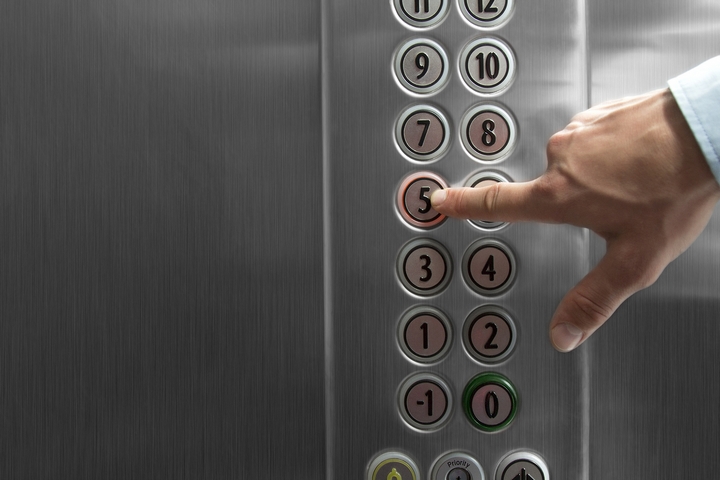
One of the most important elevator maintenance regulations is to get the right permit. With respect to elevating devices, an operating permit has to be within the vicinity of the actual operation. While maintenance is being conducted, the permit itself must also be readily accessible to a safety officer.
The general structure of elevator maintenance can be perceived as dangerous, and not without good reason. As long as the relevant parties and electrical operating permits are on-site, however, work can now legally be conducted. For those who are working on the elevator, the proper identification labels must be on hand for every inspection.
Regulation #2: Reporting Incidents
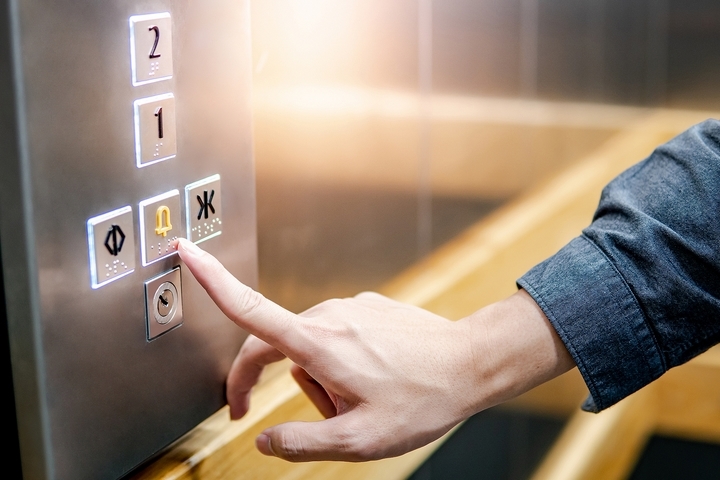
For the most part, elevator maintenance can be conducted without fear of accident. This is because contractors on-site are expertly qualified to manage the operation in a professional and safe manner. However, in the event of some unforeseen accidents involving the elevator, it is incumbent on the worker to report the incident.
When the actual event occurs, no matter what stage of the maintenance has been met, the entire operation must be shut down. This is done to prevent further compromising of the lift, and ensure the overall safety of the contractor. Only when permission is given by a superior safety officer, can maintenance then be resumed.
Regulation #3: Manufacturing Guidelines
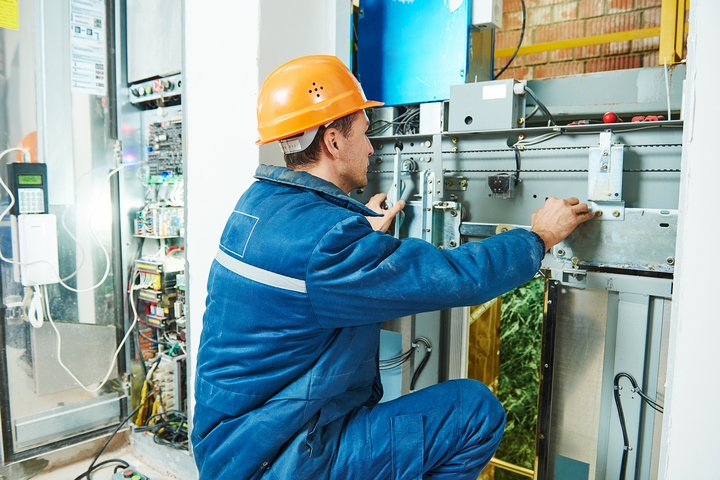
Every elevator found within a building or structure will come installed with its own manufacturing specifications. All work conducted on the overall maintenance must be done in accordance with the manufacturer’s conditions. This means that upkeep jobs on each elevator will be unique every time; a contractor has to work with how the brand has installed the lift.
Regulation #4: Inspection Time
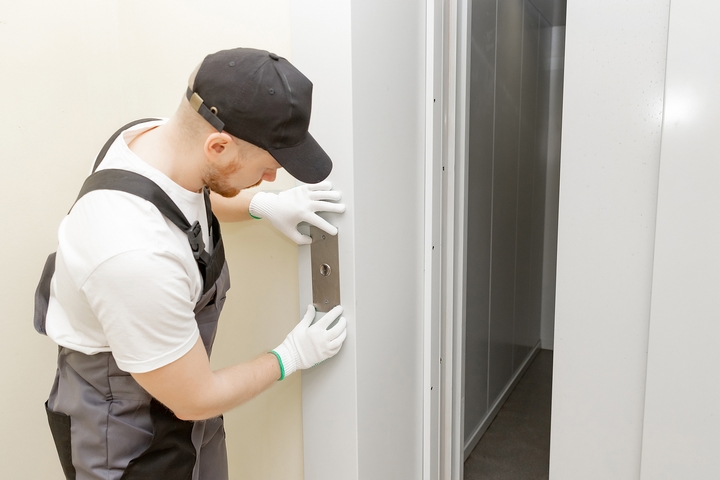
Elevator maintenance does not have to conducted every week, or every month. As far as legal requirements go, a building that has an elevator should expect an inspection to occur every six months. However, some elevators may require habitual maintenance periodically. This may be the result of unexpected previous issues, for example.
In accordance with safety regulations related to the elevator, records should be accessible to a contractor. For the most part, these records can be found near the elevator itself, or near the actual terminal. After every inspection, an update to the records should be made by the respective contractor.
Regulation #5: Following Load Limits
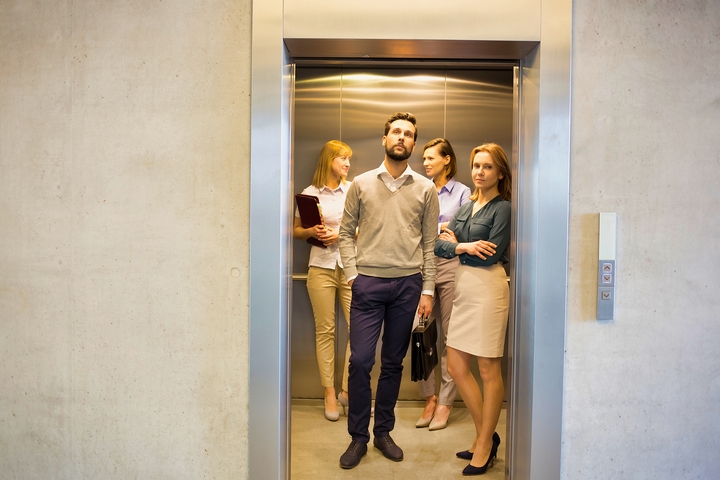
No matter what kind of maintenance is to be done, it is imperative that an elevator’s load limit is not tampered with. Exceeding the maximum weight limit will not only compromise the lift, but put the worker at risk as well. Contractors should check the records found near the vicinity of the elevator, to find out what the load limit is before maintenance.
Regulation #6: Mechanical Examination
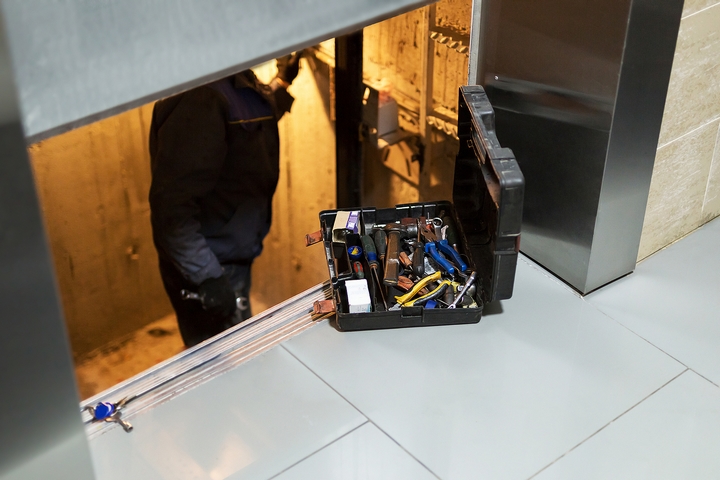
Elevator maintenance requires manual labour of varying intensities. Most of the work will revolve around reviewing certain components of the lift. All of these apparatuses create a certain cohesiveness, allowing the elevator to do its job safely and effectively. Contractors will regularly inspect electrical equipment, such as pressure gauges and amp-meters.
In addition, control boxes that are relevant to the elevator’s mechanisms must also be inspected and maintained. The elevator speed must also be tested, along with the telephone inside the lift. This is to ensure that all devices are in a normal, operative state for daily passenger use.
Regulation #7: Elevator Cleaning
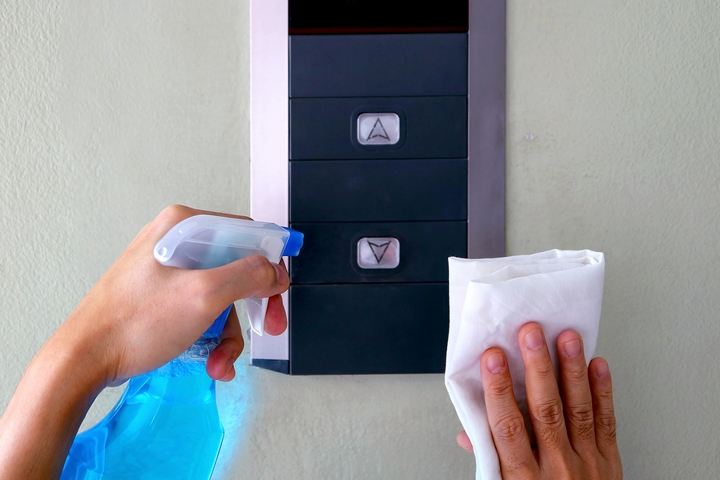
Elevator technicians and contractors who are required to conduct maintenance must also adhere to cleaning protocols. Sanitization of various inner and external components of the lift should be conducted thoroughly, to meet regulation standards.
For example, this involves cleaning, adjusting, and lubricating all components related to the control operation and speed. Not only will this allow the elevator to run as intended, but it will keep the lift’s overall performance at a peak level in the years to come. Should there be an issue with the elevator’s operation afterwards, more meticulous upkeep may be warranted.
Try to look at an elevator as you would look at your own body. Through regular maintenance and healthy upkeep, both are designed to run as expected. When a problem arises, it is important to diagnose it within the proper constraints. This will inevitably allow it to get back to an efficient, operable state!
